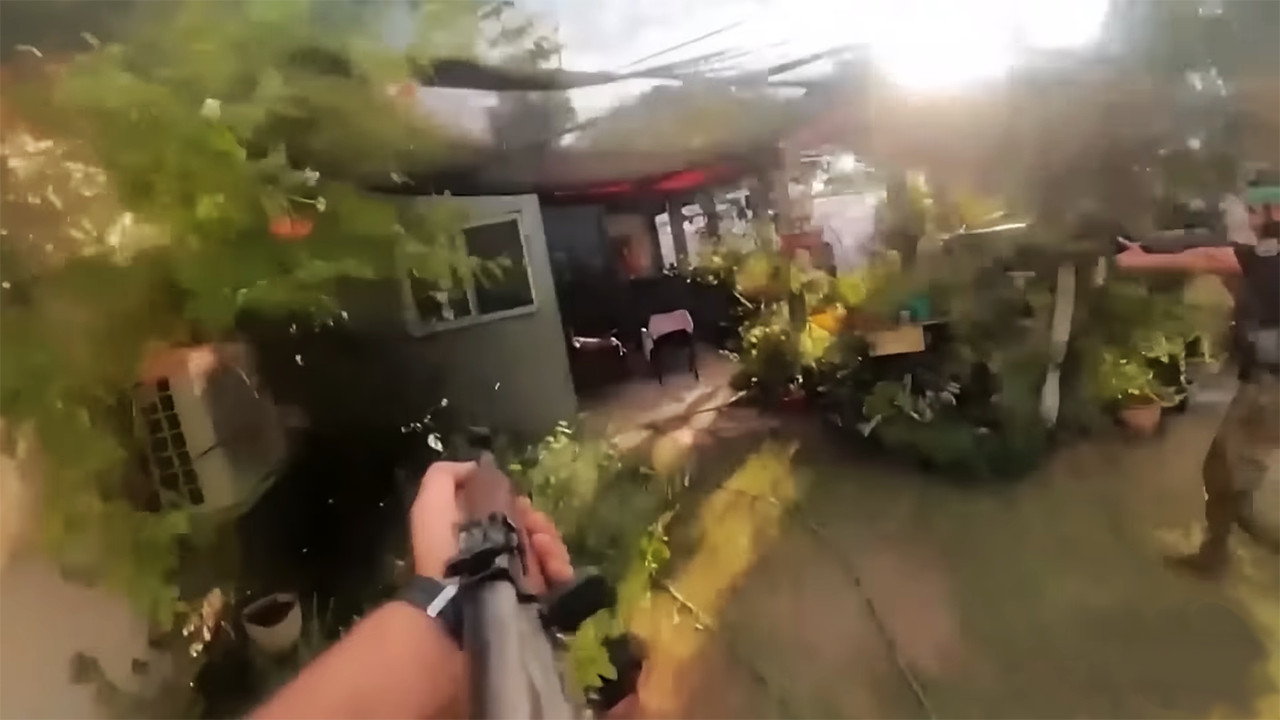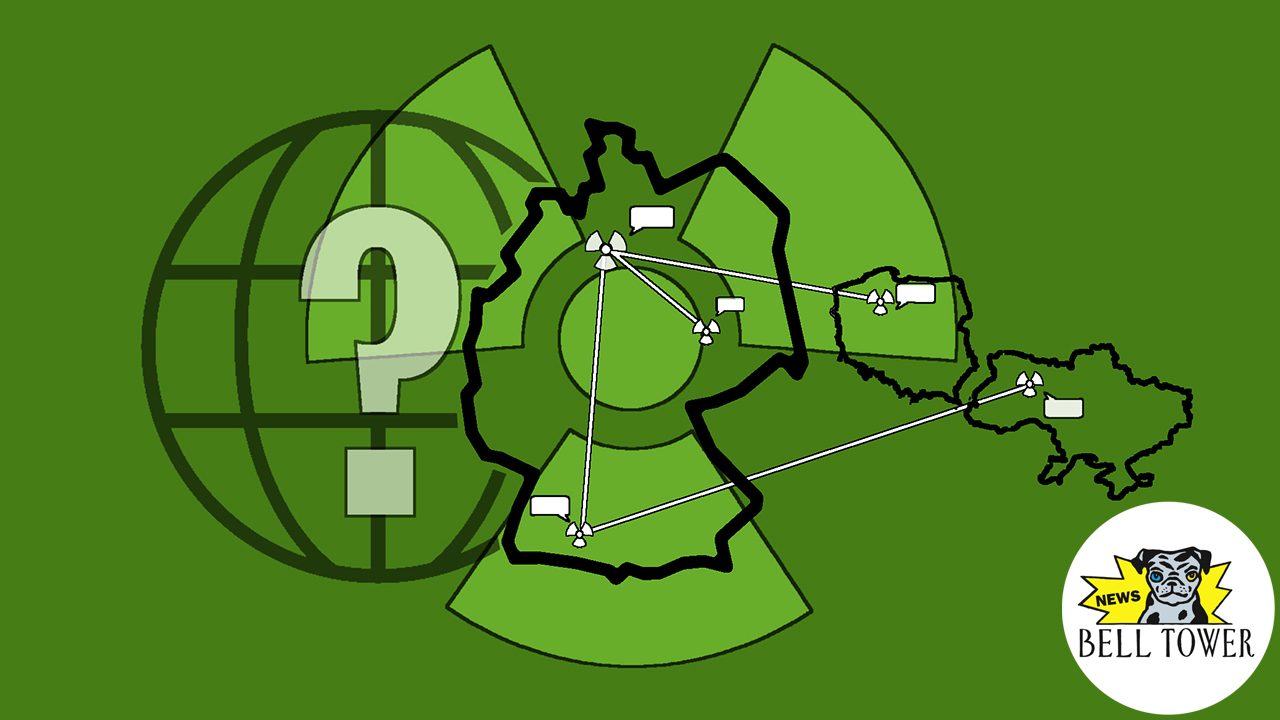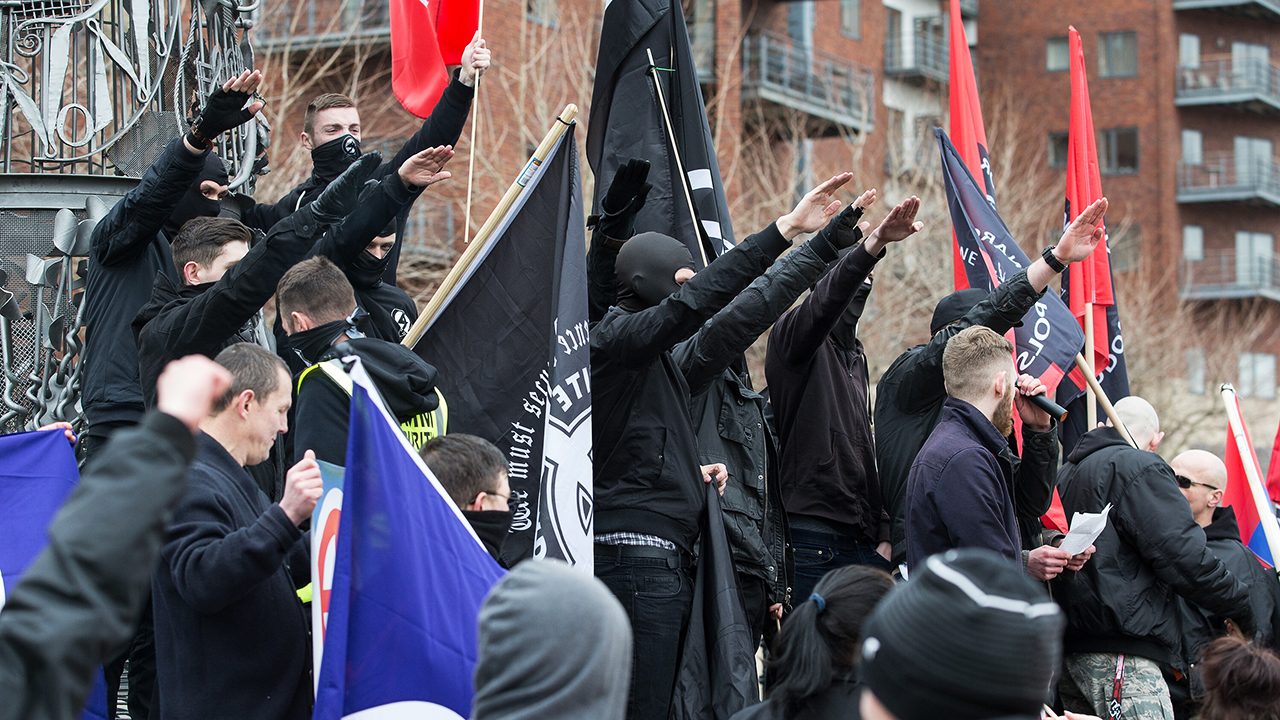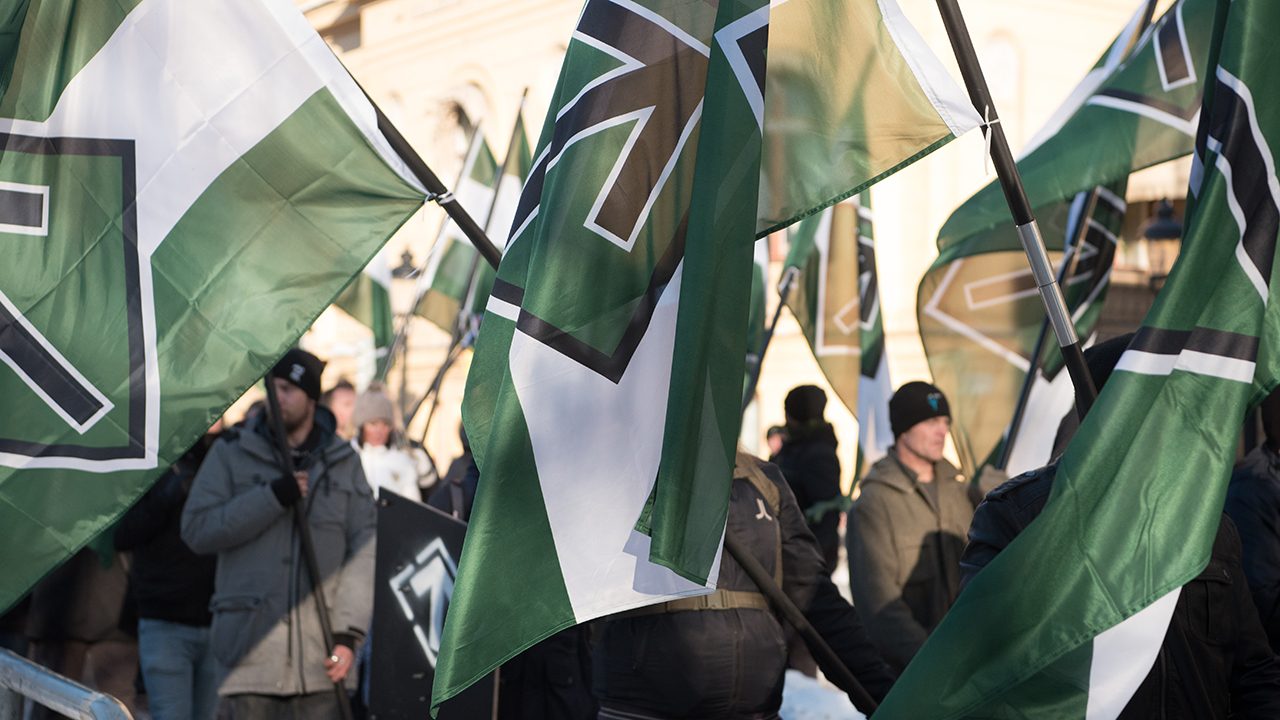
Note: This article contains graphic descriptions of violence. This article was originally published in German.
Some just call it “the film”, officially it bears the title “October 7th 2023: Hamas Massacre Collected Raw Footage”. The horror lasts 47 minutes: a brutal collage of video material from bodycams, CCTV, livestreams, traffic cameras, drone footage, social media and the mobile phones of victims and terrorists, compiled by the spokespersons unit of the Israel Defence Forces (IDF).
On October 7th, the Islamist terrorist group Hamas attacked Israel. Around 3,000 terrorists murdered 1,200 people, most of them civilians. They injured 10,000 more and abducted 240 to Gaza – including babies, women and senior citizens. But Hamas is also more than aware of the power of images. Since October 7th, they have also waged a psychological war that will traumatise Israeli society for a long time to come. Hamas attacked the Jewish state not only with AK47s and rocket launchers, but also GoPros: terror for the timelines, a digital pogrom.
The film testifies – powerfully, painfully, nerve-rackingly – to this barbarism. To mutilated corpses, charred remains, bloody and blue babies. The terrorists stop car drivers and downright execute them. They shoot defenceless civilians, already lying on the ground, in cold blood. The film shows the murder of a total of 138 people – around ten per cent of those killed.
The Islamists’ misogynistic ideology stands out in particular. Again and again, young women can be seen with crotches soaked in blood. The skirt of a lifeless, partially burnt woman has been pushed up, her underwear removed by the terrorists, her legs spread apart. She appears to be foaming at the mouth, her eyes seemingly burnt out. The shorts of another murdered woman are unbuttoned. The meaning is clear. And there is now abundant of evidence and eyewitness accounts of the sexualised violence and rape committed by Hamas on October 7th.
In a harrowing scene, a father and his two young sons, all three dressed only in their underwear, seek shelter in a bunker into which a terrorist throws a grenade. After the explosion that kills the father, the boys run out of the bunker, covered in blood, crying. One of them asks himself: “Why am I still alive? I don’t want to live anymore!” He complains that he can only see out of one eye. The terrorist helps himself to a Coke from the family fridge, as if nothing had happened.
Two peaks of brutality: In one, a terrorist attempts to decapitate a man lying on the ground, seemingly a Thai labourer, with a blunt shovel. He repeatedly shouts “Allahu Akbar”. In another clip, a terrorist completely cuts off the head of an IDF soldier with a knife, taking his head as a trophy.
Other videos show the fate of the Supernova psytrance festival, where Hamas terrorists murdered around 360 ravers and took 40 of them hostage. Two festival-goers hide in a porta-loo while the terrorists go from toilet to toilet, shooting through the doors. Other visitors are chased across fields and shot down. When a first responder from the Israeli volunteer organisation ZAKA finds the carnage on the main stage, he says: „The whole stage is dead people“. Whether on the dance floor or behind the bar, all you see are corpses. “Is anyone still alive?” he asks – in vain.
And the terrorists? They grin, cheer and celebrate the brutal massacre of civilians. They shout “Allahu Akbar”, thank God, call Israeli civilians “dogs” or “settlers” who must be slaughtered. Some are particularly happy about female victims or hostages: “They’re women! Allahu Akbar!”, shouts one. In one scene, a terrorist wants to do a murder video over, seemingly dissatisfied with the result, as if he were the director of a film.
It would be fair to write: The Hamas terrorists are having a good time doing it, enjoying every second of the act. And they are greeted by jubilant crowds in Gaza when they return triumphantly in their Toyota pick-ups with desecrated corpses or bloody hostages.
The film has already been widely reported on – from the Washington Post to Die Welt. It has been shown to journalists, politicians, diplomats, secret services and civil society actors in private screenings – so far in over 30 countries, including ten times at the Israeli embassy in Berlin. At least four screenings have been organised for the New York Times alone, and the film was also shown at Harvard University in early December – which was recently the backdrop for several antisemitic incidents.
Screenings for the film industry also took place in Hollywood. Pro-Palestinian and anti-Israeli counter-demonstrators gathered in front of a screening at the Museum of Tolerance in Los Angeles at the beginning of November. After the screening, they shouted slogans at the guests with a megaphone as they left the museum and a brawl broke out, as reported by the New York Times.
At the entrance to the Israeli embassy in Berlin, phones and digital devices must be handed in and a declaration signed stating that neither sound nor images will be recorded. Understandably: The relatives of the victims have agreed to the videos being shown, explains Anan Zen, head of public relations at the embassy. However, such brutal images are hardly suitable for a wider audience, even though some of the videos in the film have already gone viral on social media.
While Hamas’ beheading videos are strongly reminiscent of those of the Islamic State, the images of the attacks on kibbutzim or the Supernova Festival also resemble those of far-right shooters, whether consciously or – more likely – unconsciously. Attack videos are a hallmark of online-inspired far-right terrorism: attackers from Christchurch to Halle to Buffalo stream their attacks in real time, the videos are shared on image boards, Telegram and Twitch before occasionally ending up on larger social media platforms. The Utøya shooter Anders Breivik also originally planned to film his attack. Terror becomes a game, the bodycams take on the perspective of a first-person shoot-‘em-up.
The videos thus serve as messages to the actual online audience – and encourage others to take action. Removing them from the internet usually proves to be a Sisyphean task. In the case of far-right terrorist videos, there is, rightly so, a consensus: you don’t raise awareness for the issue by sharing or showing them. So what is the difference with the videos from October 7th?
Hamas terrorism also finds an audience of millions on the internet with first-person shooter clips. It’s celebrated and inspires sympathisers to take matters into their own hands. Islamist telegram channels are full of videos documenting this barbarity. There have been Islamist attacks in Jerusalem and Paris in the past week, with the Israel-Hamas war playing a role in both.
In this respect, there has to be an ambivalence about the “Raw Collected Footage” from 7 October: Showing the film is both dangerous and bitterly necessary. The strategy of only screening it to selected people with a professional interest is therefore right. On the one hand, to protect the dignity of the victims and to prevent the film from being disseminated or even glorified by nosy onlookers. But on the other hand, especially in view of the fact that Hamas terror is repeatedly – and still – trivialised or even denied. Even among activists who cultivate an otherwise progressive self-image, October 7th is glorified as “anti-colonial resistance”, as a justified “liberation struggle”. No one, on the other hand, denies far-right terrorist attacks – except perhaps Nazis.
The fact that the film has to be shown at all is indicative of the desolate state of solidarity with Israeli civilians, of the flood of disinformation and double standards. For other comparable disasters, this step would be almost unthinkable: “pics or it didn’t happen”. And at the same time: the film can never do justice to the full extent of the terror on October 7th. At most, it can provide an insight.
But some commentators are not satisfied with this either, such as the British Guardian columnist Owen Jones, who criticised in a 25-minute YouTube video, which has been viewed almost half a million times so far, that there is for instance no “conclusive evidence” of rape or the deliberate murder of children in the film. At the aforementioned LA screening, someone in the audience shouted: “Show the rape!”, as Rolling Stone reported.
But some commentators are not satisfied with this either, such as the British Guardian columnist Owen Jones, who criticised in a 25-minute YouTube video, which has been viewed almost half a million times so far, that there is no „conclusive evidence“ for instance of rape or the deliberate murder of children in the film. At the aforementioned LA screening, someone in the audience shouted: „Show the rape!“, as Rolling Stone reported.
One of the film’s strengths, however, is that it doesn’t just voyeuristically indulge in Hamas’ bloodlust, that it juxtaposes the perspectives of perpetrators and victims, and that it depicts some situations from several angles. Phone footage from the victims and survivors show the sheer fear in hiding. The security cameras in living rooms, gardens and kindergartens make it clear what measures are a necessary part of everyday life in a country plagued by terrorist attacks for decades. A woman collapses with trembling legs when she sees the corpse of her husband – the father of the two sons mentioned at the beginning – covered in blood on the ground. The footage from ZAKA’s first-responders also shows the desperate, horrified and, above all, deeply human reactions of the volunteers – as a contrast to the spite of Hamas.
And yet it is anything but easy to digest this film. At the end of the screening, some eyes in the viewing room of the Israeli embassy are red, the mood is noticeably subdued and those present are quiet. “It was the hardest thing that has happened to us as a nation in my life”, explains Anan Zen from the embassy, at the end of the film. They were initially hesitant about whether to show these videos. “But we want the world to see what we are going through.” This is exactly what the film shows: the terror – but also the grief.


